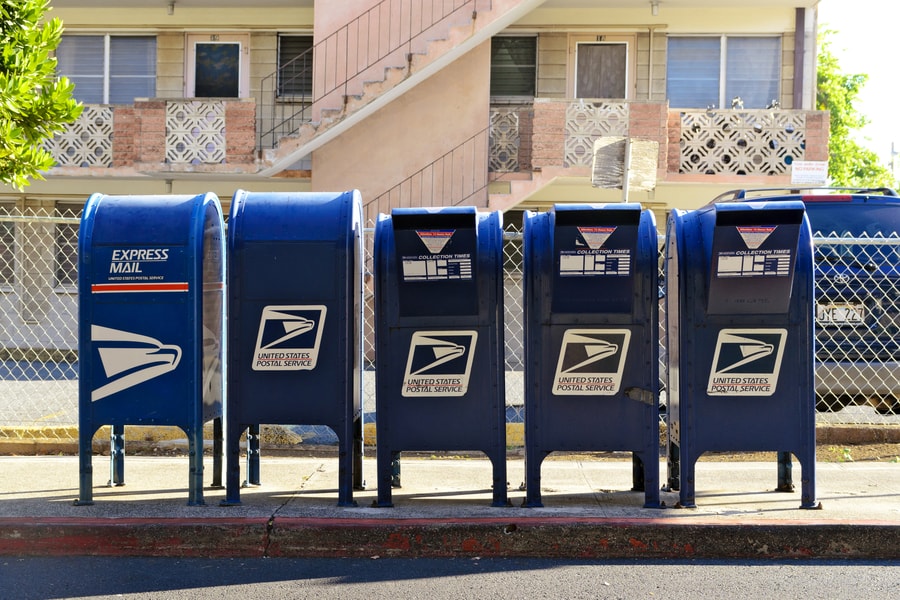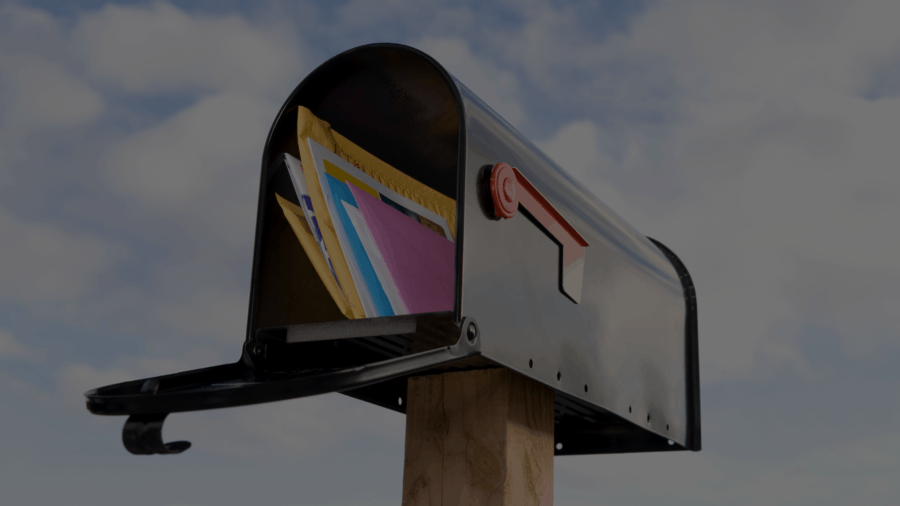Why Do Direct Mail?
If you’re wondering why do direct mail, you’re not alone. Direct mail is one of the most effective forms of marketing, thanks to its many benefits: high return on investment, easy tracking, and environmental friendliness. Let’s dive into the reasons why this form of advertising is so effective. And if you haven’t heard of it before, read on to learn more. Below, you’ll find some of the main reasons why direct mail is still an effective means of marketing.
(Searching in Google “print and mailing service“? Contact us today!)

High return on investment
Did you know that the highest response rate in marketing is achieved by direct mail? It is 5.1% higher than other marketing methods, including online ads, social media platforms, and email campaigns. The main reasons for this high return are clear: it is more personal, reaches more people, and generates a higher ROI. You can use this to your advantage in direct mail marketing. Here are a few strategies for improving your response rates:
Direct mail is still one of the best forms of marketing. Studies have proven that those who receive direct mail advertising are more likely to spend money and buy more items. It also boasts a 29% return on investment. And even more impressive, 73% of American consumers prefer receiving direct mail from brands. Email marketing, by contrast, receives little attention and is frequently marked as spam. In addition, 41% of Americans look forward to opening their mail each day.
Easy to track
With the advent of call tracking software, direct mail campaigns can be tracked easily. These software programs can be used to track calls made via direct mail pieces, and many offer analytics data and playback capability. Other methods involve keeping an open business phone line for direct mail campaigns. This way, employees can track the redemption of coupons and other pieces of direct mail. The goal is to improve your business by making direct mail as simple to track as possible.
To track the effectiveness of a direct mail campaign, make sure you track all costs associated with it, including postage. You can compare short-term results to year-end results, and you can plot the results by month or by season. You can also track the performance of an individual offer, or compare the response of two different segments. Once you’ve gathered the necessary data, you’ll be able to measure the success of your campaign and tweak your next strategy accordingly.
Environmentally friendly
Most direct mail pieces are printed on paper. If your mail piece must be printed on paper, look for a recycled paper option. Recycled paper has a higher recycled content than conventional paper. It may cost more than conventional paper but can provide greater variation and a better appearance. Using recycled paper may increase the cost of your mail piece, but the environmental benefit could make it worthwhile. Look for companies that use environmentally friendly paper mills.
Besides asking recipients to recycle their direct mail, you should also ask them to recycle their mailing materials. If you can, include a note asking recipients to recycle their letters or envelope. You can also use vegetable-based inks to reduce your mailing’s environmental impact. In addition, make sure to evaluate your mailing list and prune out old or irrelevant information. You should also include an opt-out option. If you have a small business, you may also want to consider a private mailing list.
Cost
Many people think the cost of direct mail is determined by the size of the mailing, the item, and the postage. In reality, many factors go into determining the true cost of direct mail. For example, while volume-order items can work, they lack the personal touch of experience items, which can drive conversions. The choice of which items to use is ultimately dependent on the intended outcomes and your recipient list. But no matter how big or small your mailing, it is important to understand how much the process will cost.
Postage costs vary based on the type of mail you send. A single piece of direct mail can cost anywhere from $0.30 to $10 depending on the size and weight. The cost per delivery also depends on the type of direct mail you plan to send. For example, a thousand-piece mailer will cost anywhere from $60 to $70.00 in postage. If you need to send a larger, heavier mailer, the cost will be even higher.

